Regulatory Compliance and Standards
Regulatory compliance plays a pivotal role in shaping the Transportation Safety Security Market. Governments and regulatory bodies are continuously updating safety standards to address emerging threats and vulnerabilities. Compliance with these regulations is not merely a legal obligation; it is a critical factor that influences market dynamics. For example, the introduction of stricter safety regulations for commercial vehicles has led to an increase in demand for advanced safety features, such as collision avoidance systems. This trend is reflected in market data, which indicates that companies investing in compliance-related technologies are likely to see a 15% increase in market share. As regulations evolve, organizations must adapt swiftly to maintain their competitive edge, thereby driving innovation within the industry.
Integration of Advanced Technologies
The Transportation Safety Security Market is experiencing a notable shift due to the integration of advanced technologies. Innovations such as artificial intelligence, machine learning, and the Internet of Things are enhancing safety protocols and security measures. For instance, AI-driven surveillance systems are being deployed to monitor transportation hubs, significantly reducing response times to incidents. According to recent data, the adoption of these technologies is projected to increase market efficiency by approximately 25% over the next five years. Furthermore, the implementation of smart sensors in vehicles is expected to contribute to a decrease in accidents, thereby fostering a safer transportation environment. This technological evolution not only improves operational efficiency but also instills greater public confidence in transportation systems.
Public Awareness and Demand for Safety
The Transportation Safety Security Market is significantly influenced by rising public awareness regarding safety and security. As incidents of transportation-related accidents and security breaches become more prevalent, consumers are increasingly prioritizing safety in their travel choices. This heightened awareness is driving demand for enhanced safety measures across various transportation modes, including aviation, rail, and road. Market data suggests that consumer preference for safer transportation options has led to a 20% increase in investments in safety technologies over the past year. Consequently, transportation providers are compelled to adopt more rigorous safety protocols and invest in advanced security systems to meet consumer expectations. This shift not only enhances public safety but also fosters a culture of accountability within the industry.
Emerging Threats and Security Challenges
The Transportation Safety Security Market is increasingly shaped by emerging threats and security challenges. As transportation systems become more interconnected, they are also more vulnerable to cyberattacks and other security breaches. The rise in incidents targeting transportation networks has prompted a reevaluation of existing security measures. Market data indicates that investments in cybersecurity solutions for transportation are expected to rise by 40% in the coming years. This trend underscores the necessity for transportation providers to adopt comprehensive security strategies that address both physical and digital threats. By proactively addressing these challenges, organizations can enhance their resilience and ensure the safety of passengers and goods. The ongoing evolution of threats necessitates continuous innovation within the Transportation Safety Security Market, driving the development of more robust security frameworks.
Investment in Infrastructure Development
Investment in infrastructure development is a crucial driver of the Transportation Safety Security Market. Governments and private entities are increasingly allocating funds to upgrade and modernize transportation infrastructure, which directly impacts safety and security. Enhanced infrastructure, such as improved roadways, bridges, and transit systems, contributes to a reduction in accidents and enhances overall security. Recent market data indicates that infrastructure investments are projected to grow by 30% over the next five years, driven by the need for safer transportation networks. This influx of capital not only facilitates the implementation of advanced safety technologies but also creates job opportunities, thereby stimulating economic growth. As infrastructure continues to evolve, the Transportation Safety Security Market is likely to benefit from increased safety standards and enhanced public trust.


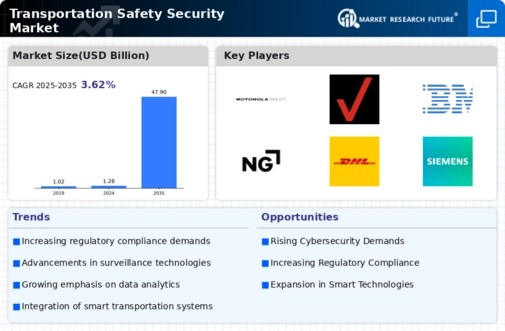
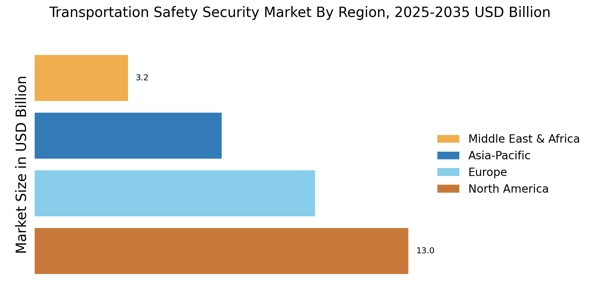
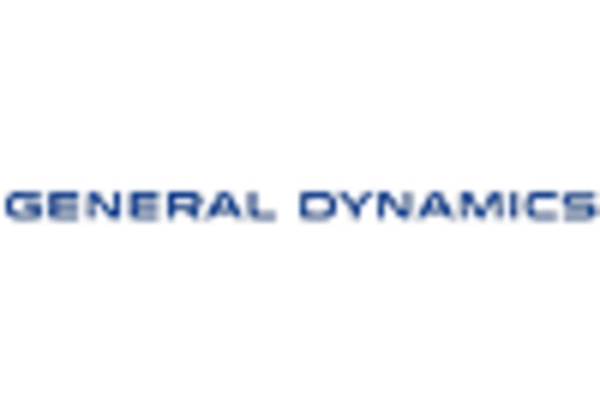

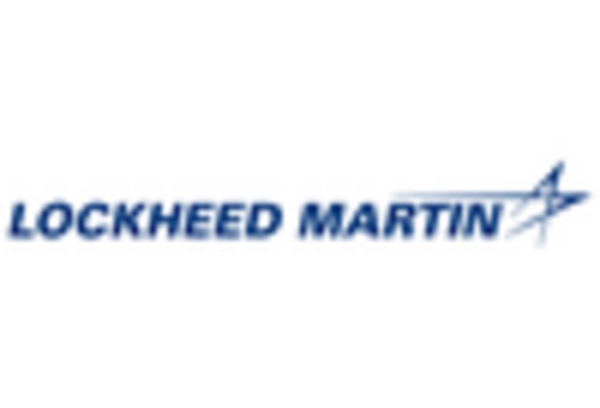
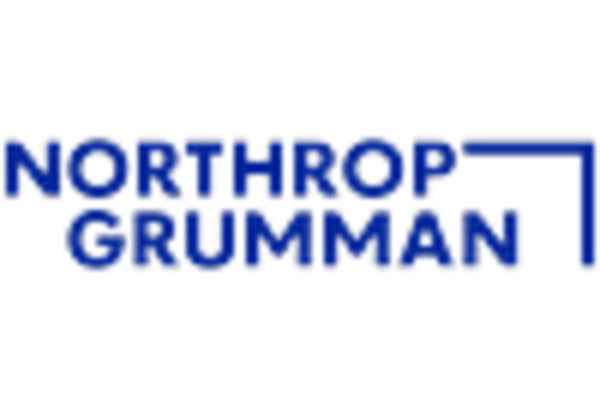










Leave a Comment